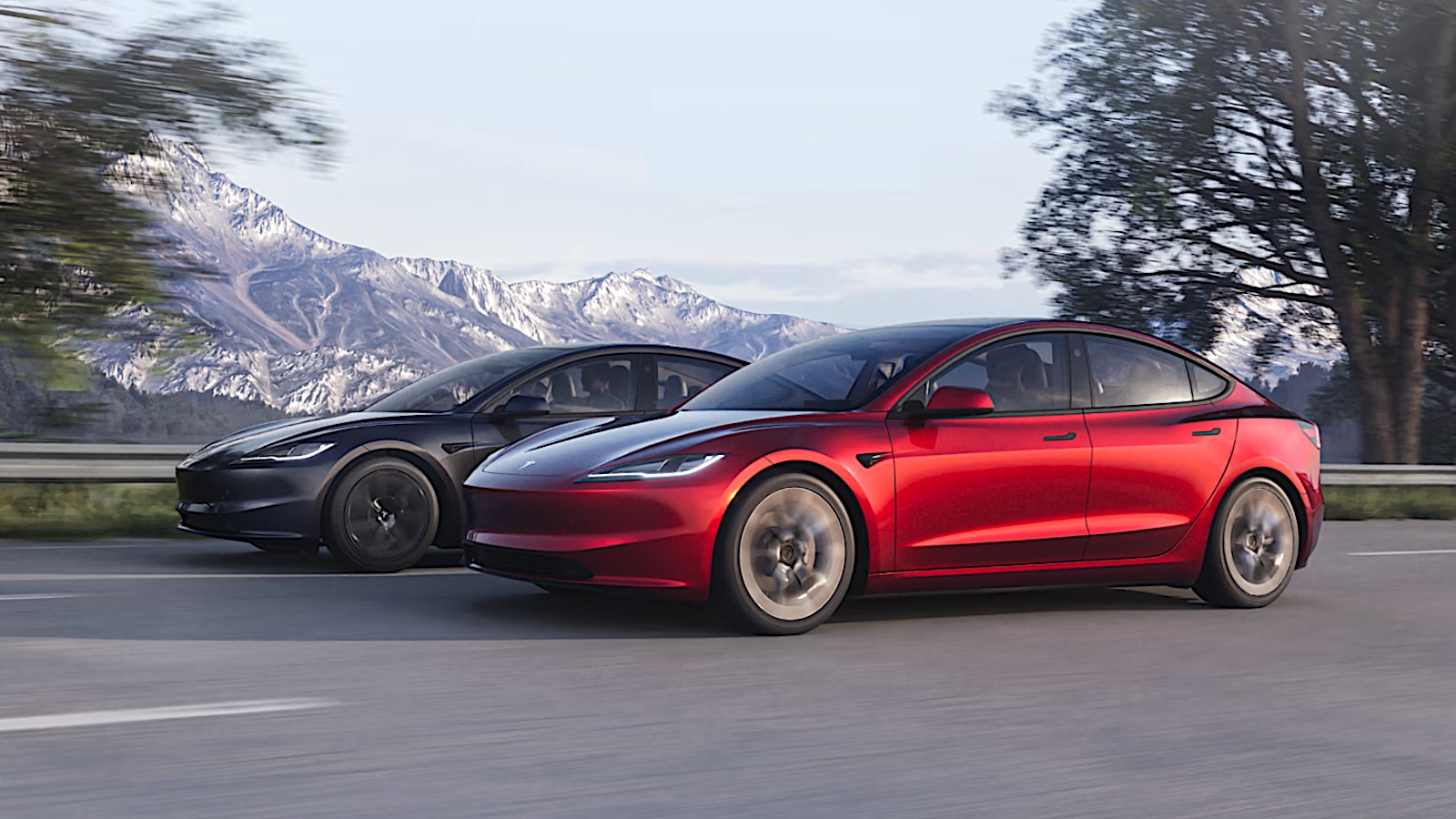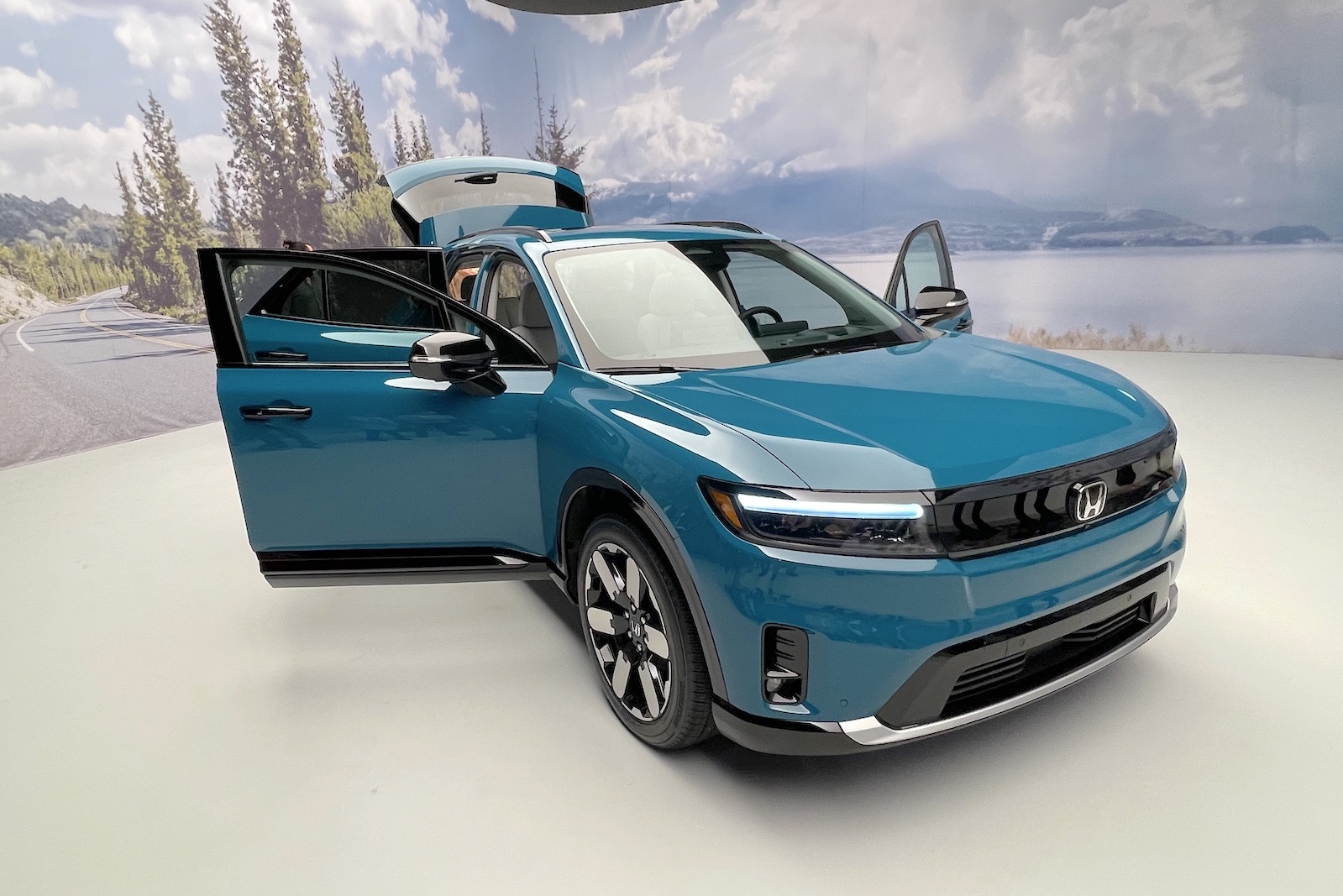Anyone who may have wondered about the potential success of offering EV buyers the option to get their tax credit at the time of sale, including using it as a down payment, can stop thinking about it — it’s working. The U.S. government’s paid out $135 million in electric vehicle tax credits in a little more than a month.

Volkswagen made changes to comply with the sourcing rules and got back on the fed’s tax credit eligibility list this year.
Buyers of certain new electric vehicles, as well as anyone leasing a new model, are eligible for up to $7,500 in federal tax credits. Used EV buyers can get credits up to $4,000. The move came as part of the Biden administration’s push to sell more EV’s, ultimately getting 50% of new vehicle sales to be electric by 2030.
The Internal Revenue Service has received more than 25,000 time of sale reports, including more than 19,500 — or 78% — with advance payment requests and approximately $135 million has been paid to dealers since Jan. 1, Treasury said in disclosing the previously unreported figures.
“One month into implementation of this provision, there is strong demand for this new upfront discount, which will continue momentum in growing this industry in the United States,” Deputy Treasury Secretary Wally Adeyemo said in a statement.
Of the more than 25,000 advance payment requests, 17,500 were for new EVs and 2,000 for used ones. More than 11,000 U.S. auto dealers have registered for the program, including more than 8,000 registered for advanced payments, reported Reuters.
The numbers may be more impressive than they seem initially, as a slew of EV models became ineligible for tax credits on Jan. 1. The total went from 43 to 19 although Volkswagen regained eligibility for U.S.-built versions of its ID.4 EV.

Tesla’s Model 3 is eligible for the full $7,500 EV tax credit, assuming the buyers meet their mandates.
EV sales
With the ability to use the $7,500 as a down payment and a wave of new electric vehicles hitting U.S. shores this year, it seems like there will be some pretty hefty checks written by the U.S. government to dealers.
American consumers bought more than 1 million EVs last year for the first time, and demand has grown 800% since 2019. While clearly all of those won’t meet the requirements for tax credits, there is also concern about the stalling of electric vehicle sales in the last six months.
The two big factors inhibiting EV sales are the higher purchase price as well as charger anxiety. A new EV can be as much as $20,000 more than its gas-powered counterparts. Also, horror stories about the difficulties surrounding EV charging away from home are persistent in the news media.
More EV stories
- As EV Sales Growth Slows, Automakers Accelerate Hybrid, Plug-In Plans
- GM Hires key Tesla exec to accelerate its push to EV
- Ford launches “skunkworks” project to develop low-cost EVs
Ready for a rebound?
Perhaps the worries are premature. In the U.S. market and Canada, January sales were up 41% versus a year ago, according to market research firm Rho Motion.

While 20 EVs are currently qualified for the full $7,500 EV tax credit, a new wave of vehicles are coming this year, some of which will meet the mandates.
The average transaction price of a new EV was $55,353 in January — a 10.8% drop from 2023. The prices were down 3.2% from December, according to Cox Automotive. As fewer vehicles qualify for the tax credits, more and more manufacturers either cut prices, increase incentives or both on new EVs.
On many models, EV incentives have jumped more than threefold in the past year. For example, in January 2023, the VW ID.4, a popular EV model, carried an average incentive package equal to approximately 6% of ATP; last month incentives jumped to nearly 17% of ATP.
It’s important to know that consumers must attest they meet income limits to qualify for the tax credit at time of purchase or they will need to repay the government when filing their taxes. For new vehicles, the adjusted gross income limit is $300,000 for married couples and $150,000 for individuals.






0 Comments